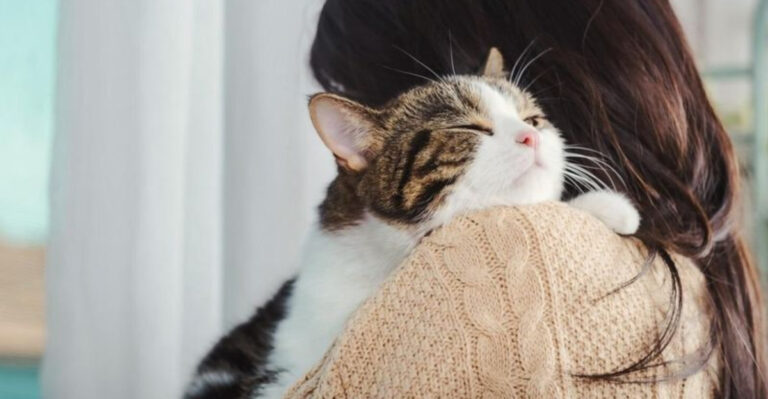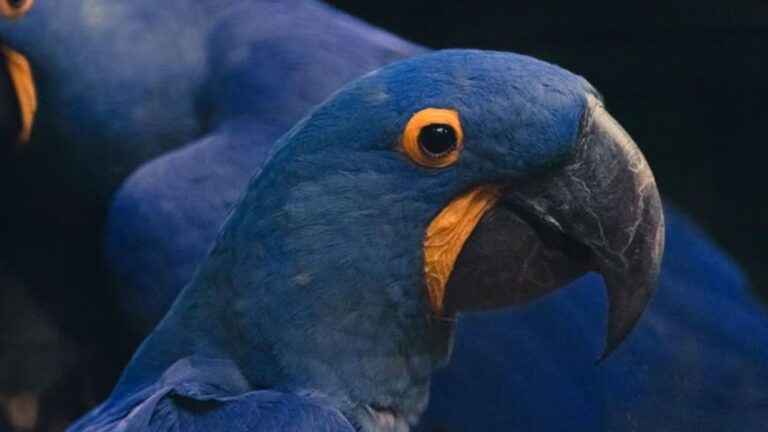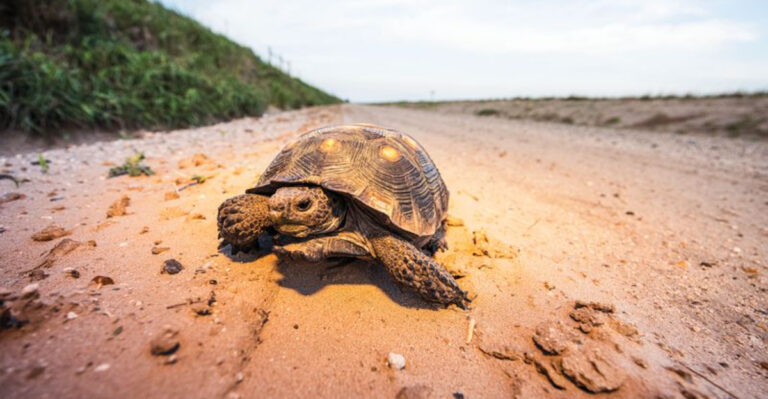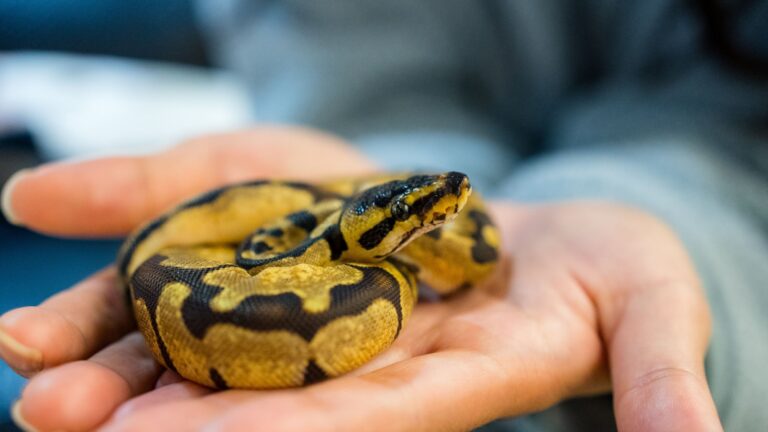15 Birdbath Mistakes That Are Scaring Birds Away And How To Fix Them
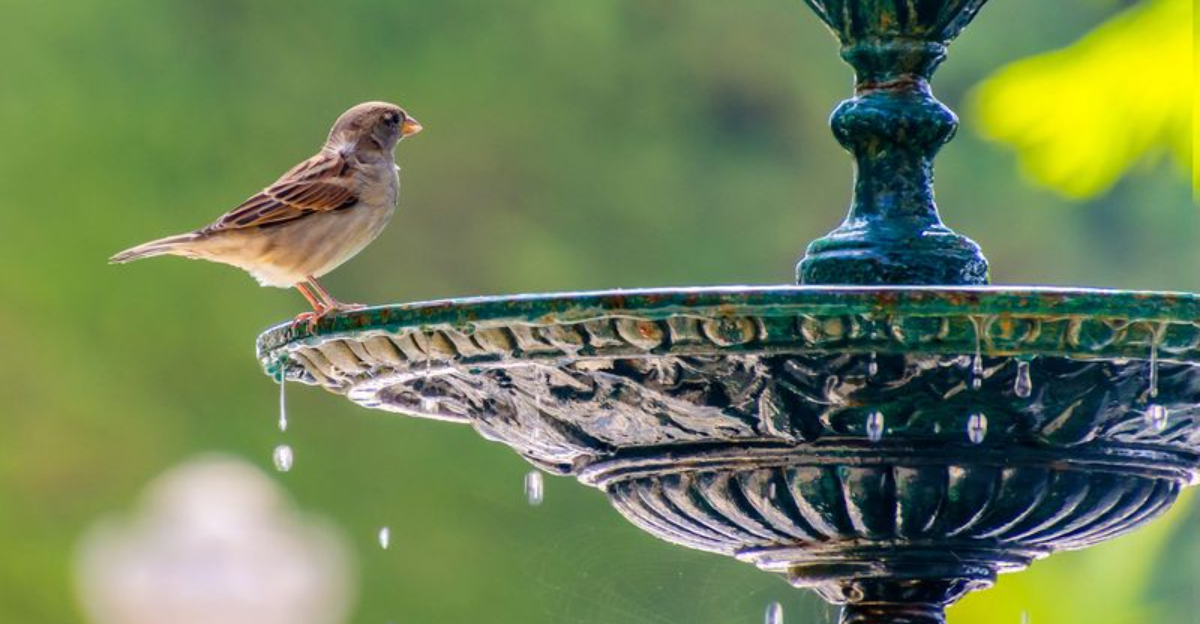
Setting up a birdbath in your yard seems simple enough, but there’s more to it than just filling a basin with water.
Birds are naturally cautious creatures with specific preferences for their bathing spots. When your feathered visitors suddenly stop showing up, it might be due to some common mistakes that are turning your well-intentioned birdbath into a no-fly zone.
Too-Deep Water Levels
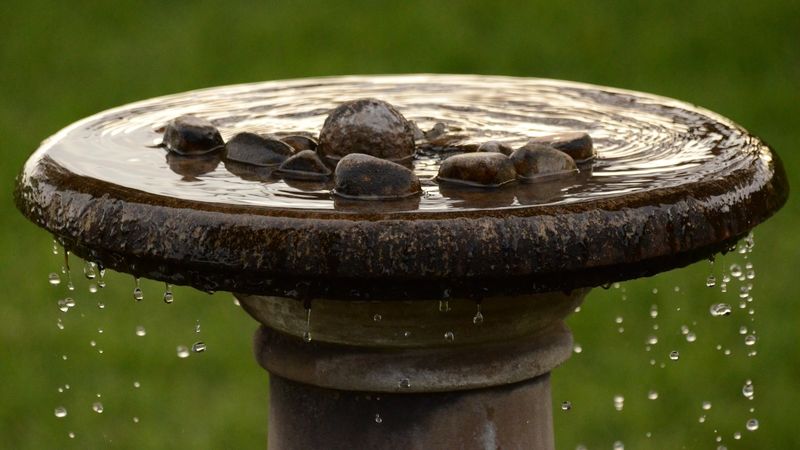
Most backyard birds prefer shallow puddles to deep pools. They’re looking for safety, not swimming lessons! A depth of 1-2 inches is perfect for small songbirds.
Simply add a few flat rocks or pebbles to create varying depths, allowing birds to wade in gradually. This mimics natural water sources and gives birds confidence to approach.
Slippery Surfaces
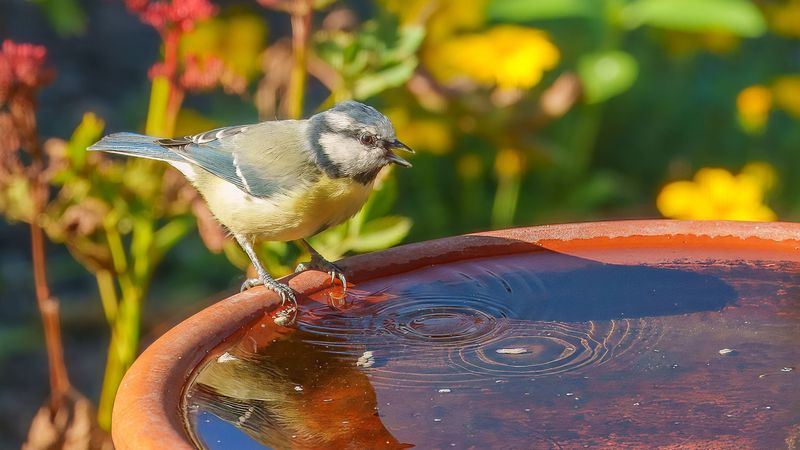
Glossy ceramic or metal basins might look elegant in your garden, but birds need secure footing. Slick surfaces make bathing treacherous for tiny claws, causing birds to avoid your bath entirely.
Rough up the surface with textured paint or add small pebbles to the bottom. Non-slip bath mats designed for birdbaths also work wonders for creating safe perches.
Stagnant, Dirty Water
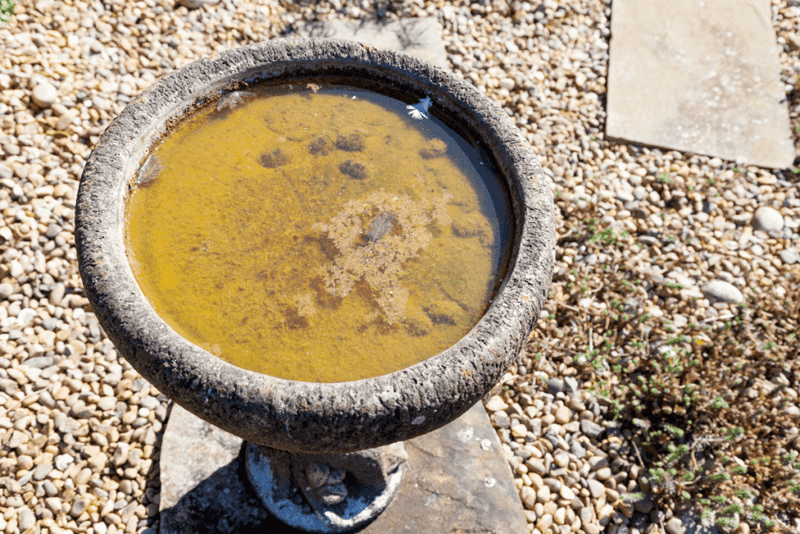
Nothing sends birds flying faster than a murky, stinky birdbath. Stagnant water quickly becomes a breeding ground for algae and mosquitoes while collecting dirt and droppings.
Refresh water every 2-3 days and scrub the basin weekly with a brush. For extra convenience, install a small fountain attachment or bubbler – moving water stays cleaner and attracts more birds!
Exposed Location Without Cover
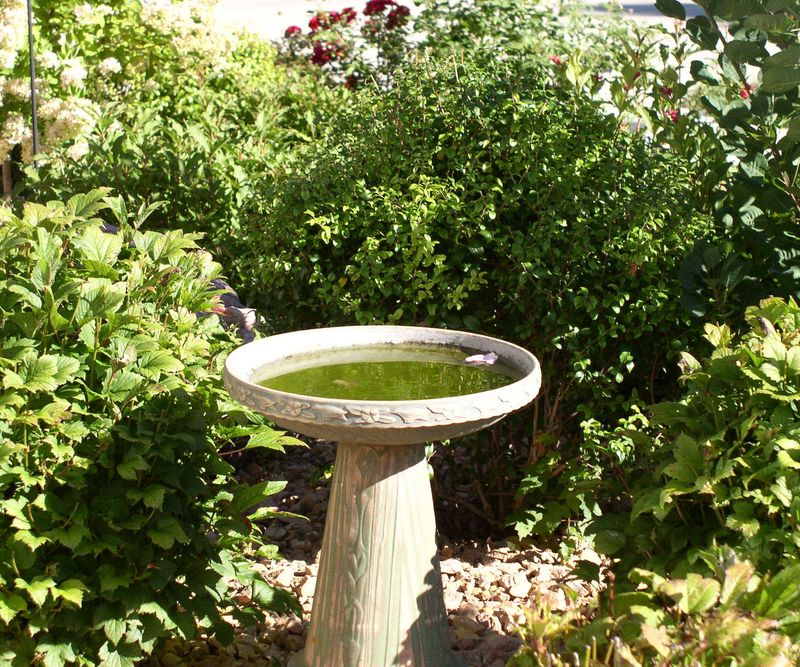
Birds feel vulnerable while bathing – wet feathers make flying difficult and predators are always watching. An exposed birdbath in the middle of your yard might as well have a “hawk buffet” sign above it.
Position your bath near shrubs or trees (about 10-15 feet away). This provides quick escape routes and perches for preening after bathing, making birds feel secure enough to visit.
Unpredictable Water Levels

Inconsistent water levels throw off the bathing routine birds establish. Finding the bath empty on hot days or overflowing after rain creates uncertainty that birds don’t appreciate.
Check water levels daily, especially during hot weather when evaporation happens quickly. Consider installing an automatic water filler or a rain gauge nearby as a reminder to maintain consistent depths.
Sun-Scalded Water
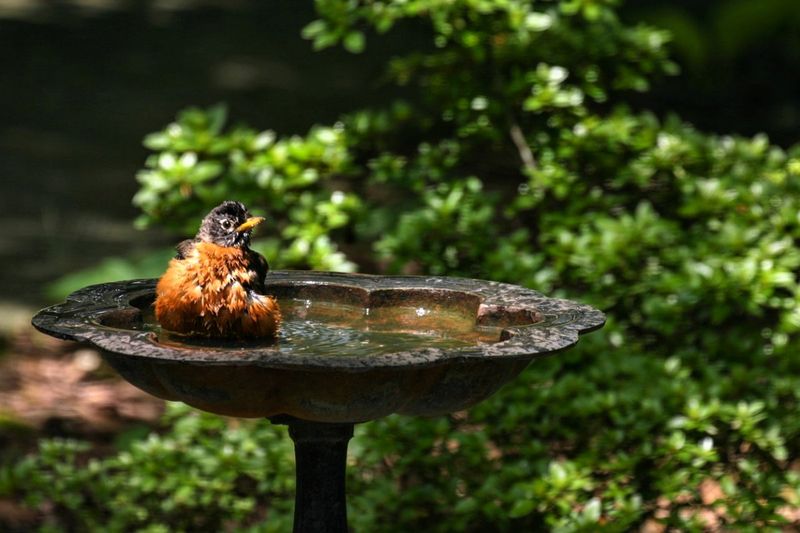
Full sun exposure might seem ideal, but water can quickly heat to uncomfortable temperatures during summer. Birds avoid bathing in hot water that feels like bath water left too long.
Place your birdbath in a location that gets morning sun but afternoon shade. This keeps the water refreshingly cool during the hottest part of the day when birds most need hydration and cooling.
Intimidating Size Or Design
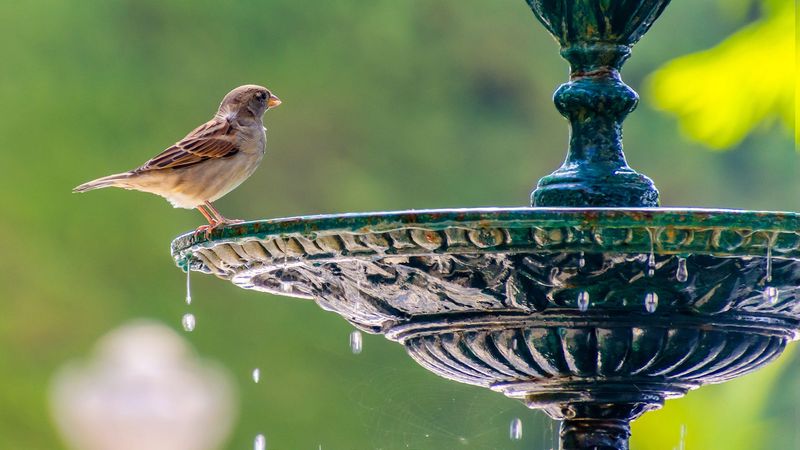
Fancy, ornate birdbaths with towering pedestals might complement your garden aesthetic but can appear threatening to cautious birds. Oversized basins overwhelm smaller species who prefer more modest accommodations.
Start with a simple, low-profile bath about 1-2 feet off the ground. Ground-level baths also work well for certain species like robins and thrushes who naturally bathe in puddles.
Noisy Surroundings
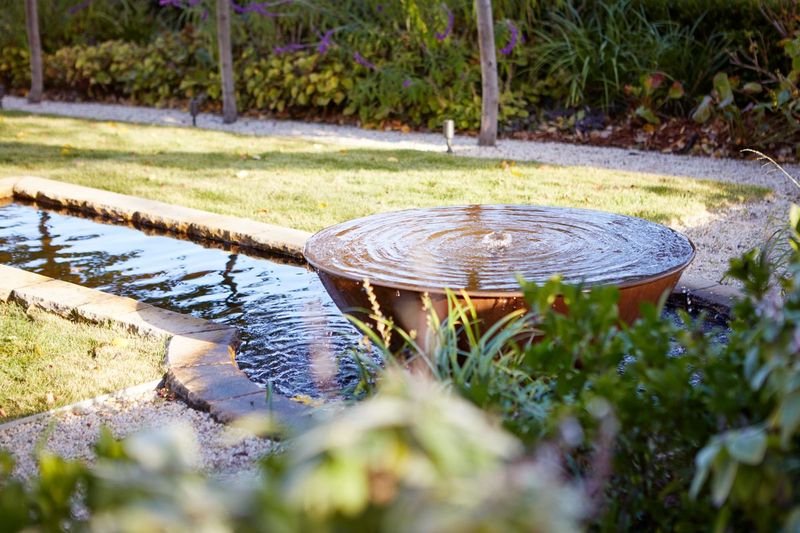
Birds have keen hearing and stay alert for danger while bathing. Placing a bath near noisy air conditioners, busy streets, or areas with frequent human activity makes birds too nervous to stop for a splash.
Create a quiet zone for your birdbath away from high-traffic areas. Morning and evening are peak bathing times, so having a peaceful spot during these hours is particularly important.
Chemical Contamination
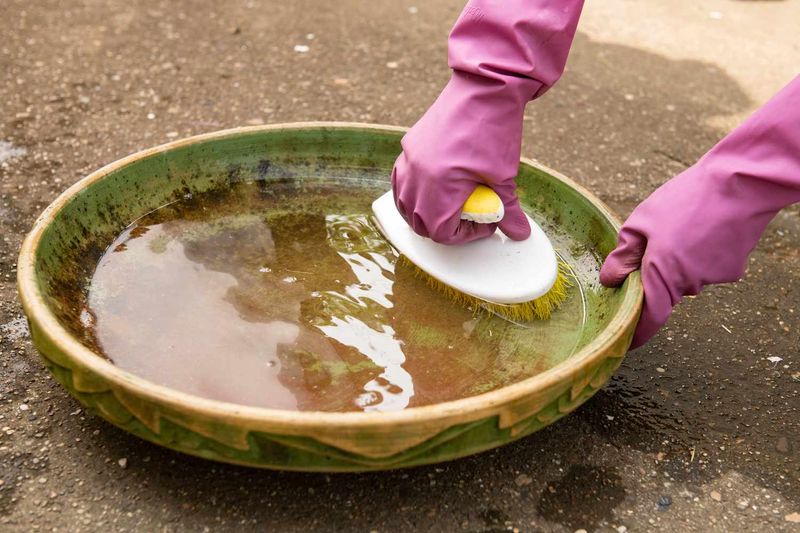
Harsh cleaning chemicals leave residues that can harm birds’ delicate systems. Even tap water with high chlorine levels might deter sensitive species.
Clean with a 9:1 water-to-vinegar solution instead of bleach or commercial cleaners. Let tap water sit out for 24 hours before filling the bath to allow chlorine to dissipate naturally, or collect rainwater for a truly natural experience.
Lack Of Perching Spots
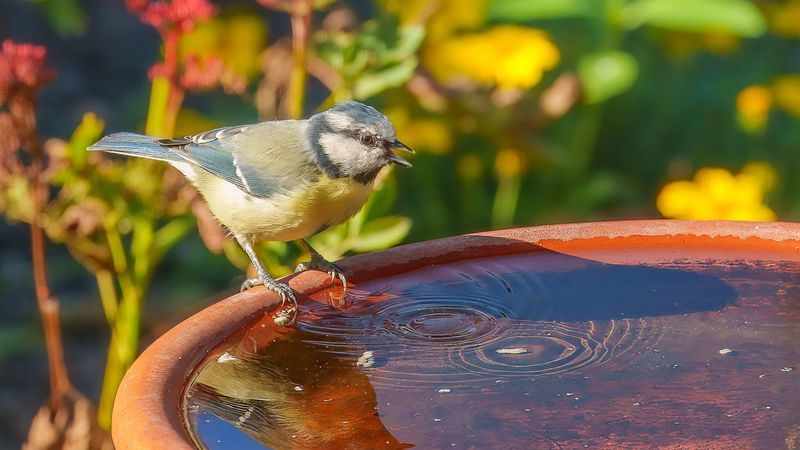
Birds like to approach water gradually, first perching on the edge to check for safety. Smooth-rimmed baths without landing spots make cautious birds skip the whole experience.
Choose designs with textured, slightly sloped rims. Adding small branches across part of the bath creates natural-feeling perches where birds can land before stepping into the water.
Too Much Competition
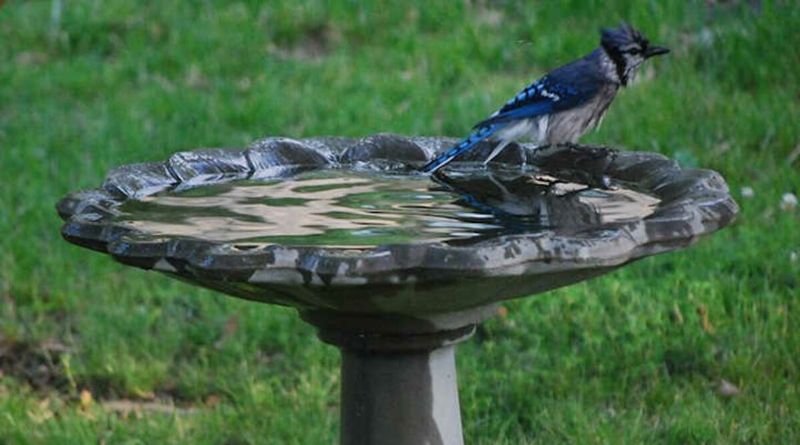
While bird gatherings are delightful to watch, a single small bath can create tension. Dominant species may chase away smaller birds, limiting who gets to enjoy your water feature.
Set up multiple bathing stations of different sizes and heights around your yard. This spreads out the bird traffic and accommodates various species’ preferences, from ground-bathing doves to treetop-loving warblers.
Invisible Or Camouflaged Bath
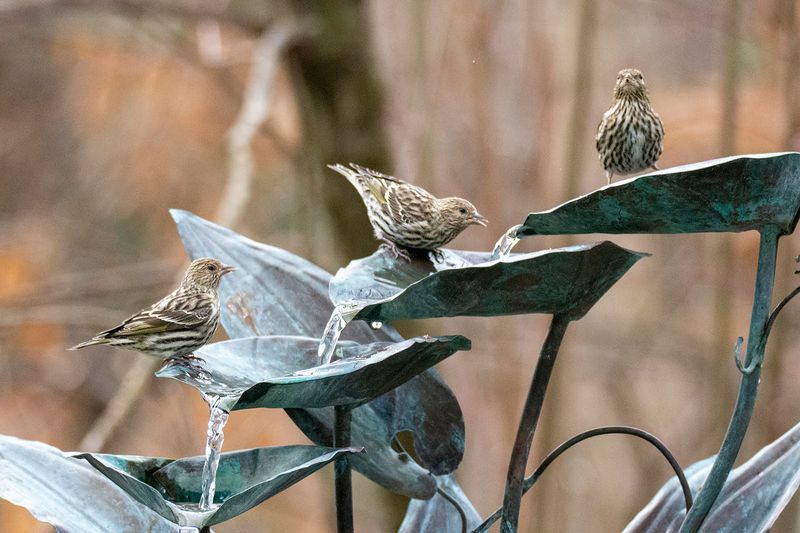
Birds discover water sources primarily by sight. A bath that blends too well with surroundings or sits hidden behind tall plants might never be found by potential visitors.
Create motion with a small bubbler or dripper to catch birds’ attention. The sound and sparkle of moving water acts like a beacon, drawing birds from surprising distances to investigate the refreshing oasis.
Irregular Cleaning Schedule
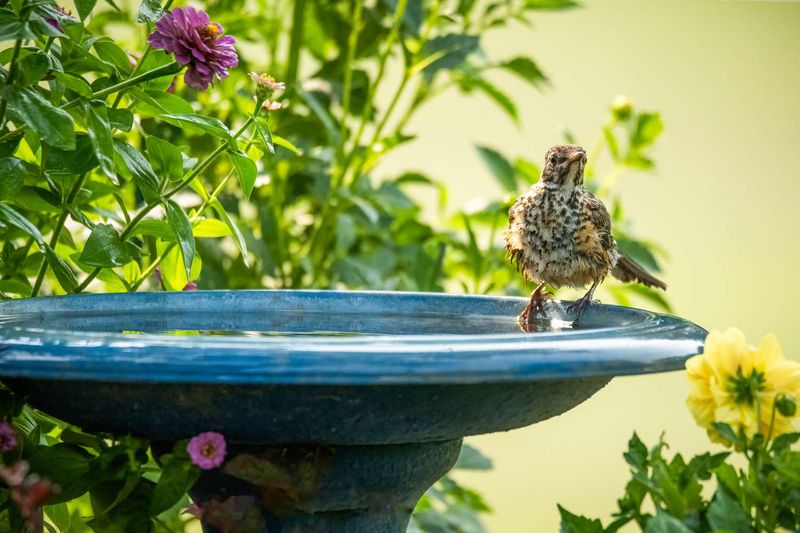
Even with fresh water, biofilm builds up on surfaces, harboring potentially harmful bacteria. Birds can sense when a bath isn’t properly maintained and will avoid health risks.
Establish a weekly cleaning routine using a stiff brush to scrub away slime. Mark it on your calendar or set a phone reminder – your feathered friends depend on your consistency for their wellbeing.
Nearby Predator Perches

Cats and hawks are opportunistic hunters who recognize birdbaths as potential feeding stations. Placing your bath near hiding spots for predators creates a dangerous situation birds quickly learn to avoid.
Install your bath at least 10-15 feet from dense shrubs where cats might hide. Consider a bath with a predator guard or place thorny plants around the base of pedestal baths.
Seasonal Neglect
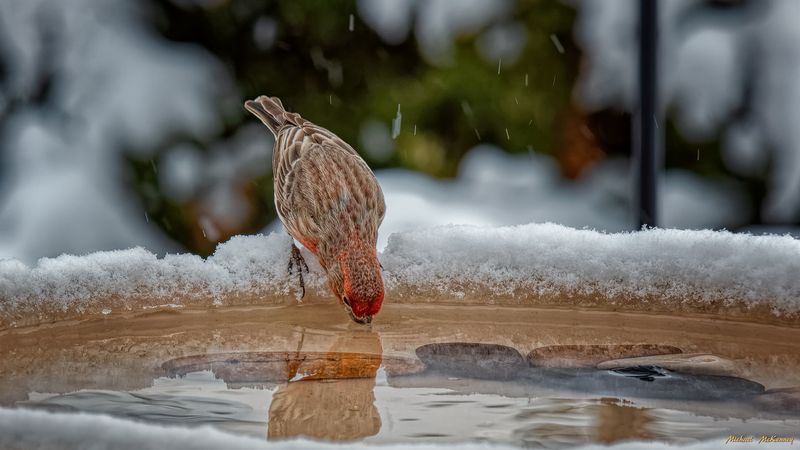
Many bird enthusiasts forget that birds need water year-round, not just in summer. Winter bathing helps birds maintain clean feathers for proper insulation against cold temperatures.
Use heated birdbaths during freezing weather or add a safe birdbath de-icer to your existing bath. Birds will flock to this rare winter water source when most natural options are frozen solid.


